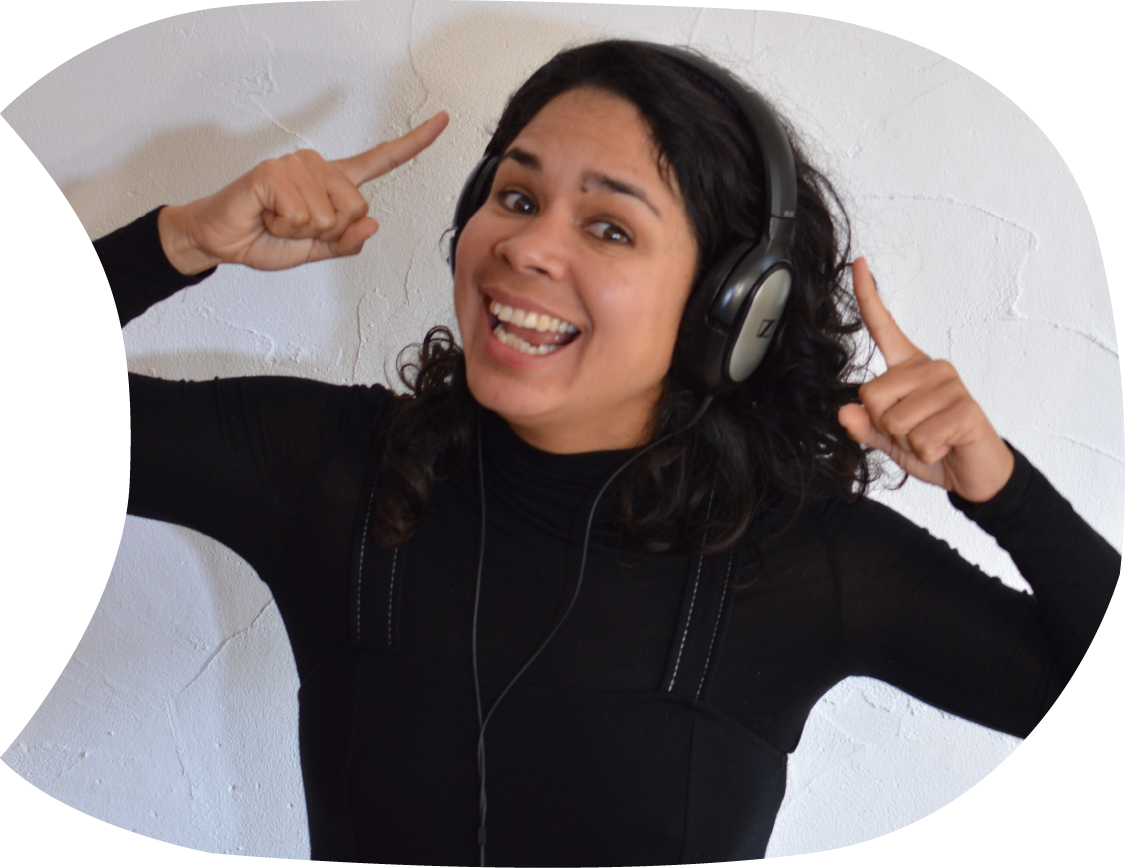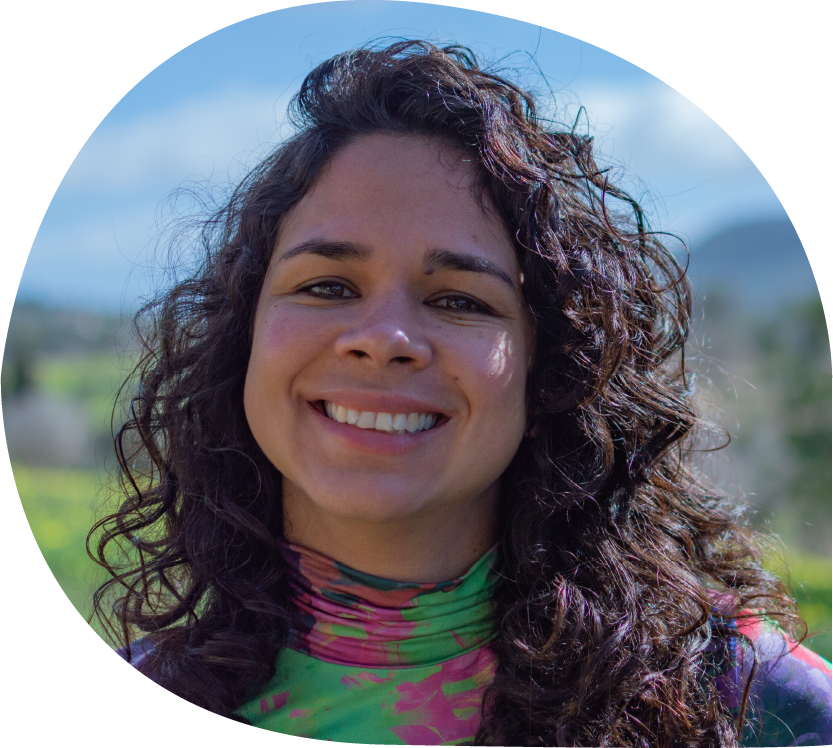
The "B" sound in Spanish
In standard Spanish pronunciation, the "B" sound is produced similarly to the English "B" sound. Here's how to produce it:
Lips together: Bring your lips together to create a closure.
Build up air pressure: As you release the closure, allow a burst of air to pass through your lips.
Voicing: Make sure your vocal cords vibrate to produce a voiced sound. This means that your vocal cords should be engaged.
No aspiration: Unlike in English, where the "B" sound is typically aspirated (with a puff of air), in Spanish, the "B" sound is unaspirated. This means there's no noticeable puff of air when producing the sound
In Spanish, particularly in many Caribbean regions like Cuba and Puerto Rico, the "B" sound is often realized as an approximant rather than a fully articulated stop as in English. So, when pronouncing the "B" sound in general, aim for a softer, more lenient closure between the lips, allowing for a slight approximation. This produces a sound that's less forceful and more relaxed compared to the English "B".
Keep in mind that the pronunciation variation is common in speech and may vary among speakers and regions.
Shadowing step by step
- Start by listening to the phoneme in isolation, then in syllables.
- Repeat and try to mimic the sound.
- Listen to the recording without reading the story, focusing solely on the sound.
- Aim to grasp the majority of words, concentrating on the 'B' phoneme.
- Listen to the recording while reading the story aloud in Spanish. This helps you nail the pronunciation and rhythm.
- Use the English text as support to understand unfamiliar words.
- Check the grammar box below to identify verb conjugations and pattern
"B" sound in isolation
"B" sound in syllables
aba
"B" sound in words
cava-lava-estaba
"B" sound in context
| Spanish | English |
Beto va al mar En el mar ve una ballena, La ballena es azul y también es muy grande, La ballena no viaja sola, su familia va con ella a todas partes.
| Beto goes to the sea. In the sea, he sees a whale. The whale is blue and very big too. The whale doesn't travel alone, her family goes with her everywhere. |
Verb explanation
| Infinitive | Present |
| Ir / Go | Yo voy Tú vas Él/Ella/Usted va Nosotros/Nosotras vamos Vosotros/Vosotras vais Ellos/Ellas/Ustedes van |
| Ser / To be | Yo soy Tú eres Él/Ella/Usted es Nosotros/Nosotras somos Vosotros/Vosotras sois Ellos/Ellas/Ustedes son |
| Viajar / Travel | Yo viajo Tú viajas Él/Ella/Usted viaja Nosotros/Nosotras viajamos Vosotros/Vosotras viajáis Ellos/Ellas/Ustedes viajan |
| Ver / See | Yo veo Tú ves El/Ella ve Nosotros/Nosotras vemos Vosotros/Vosotras veis Ellos/Ellas/Ustedes ven |

